7.2 Stratigraphic Principles and Missing Time


When geologists see a stack of rock layers, it is like a book of pages telling a story of the Earth’s history. However, sometimes, the Earth’s layers are not neatly stacked in order, but all twisted and folded. How can geologists figure out the order of the “pages” of Geologic history, or determine the order in which each layer of rock was deposited on our planet?
Stratigraphic Principles
We can rely on the principles of Relative Dating. Relative dating is a method that determines the order in which a sequence of rocks was deposited, from oldest to youngest. Even the most lopsided and twisted set of rocks can be interpreted using these principles, which is why so many of them are scientific “Laws” – they have been proven and are scientifically irrefutable.
The principles you are about to review were first developed in the 17th century by Nicholas Steno, a Danish Scientist who paid special attention to stratigraphy, or the ordering of rock layers. These are called Steno’s laws.
Look at the image describing each one of these laws, and think back to what you have already read about them in the assigned text. You will then determine the definition of each law in the exercise below.
The Law of Superposition
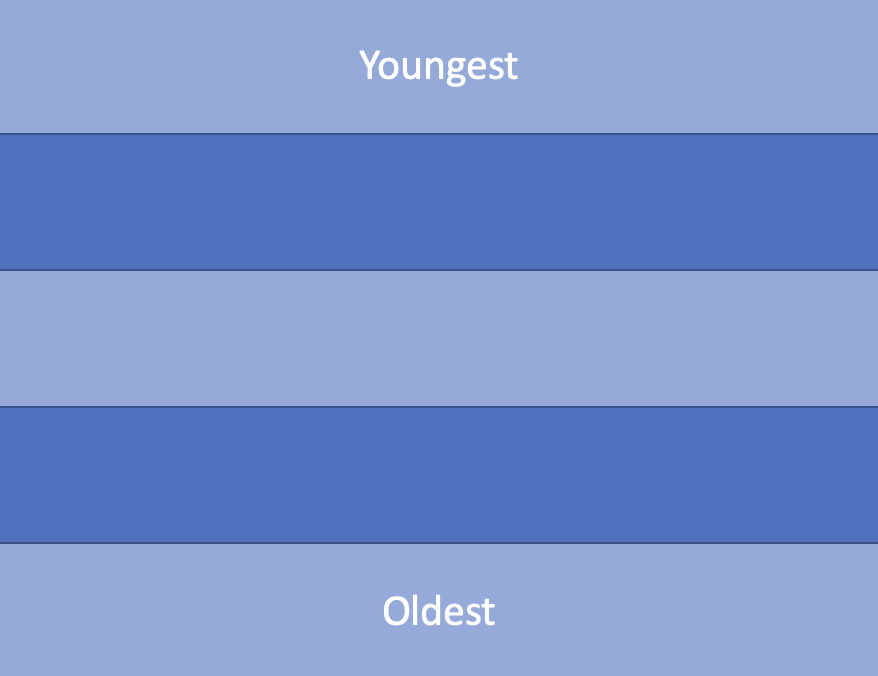
The Law of Original Horizontality

The Law of Inclusions
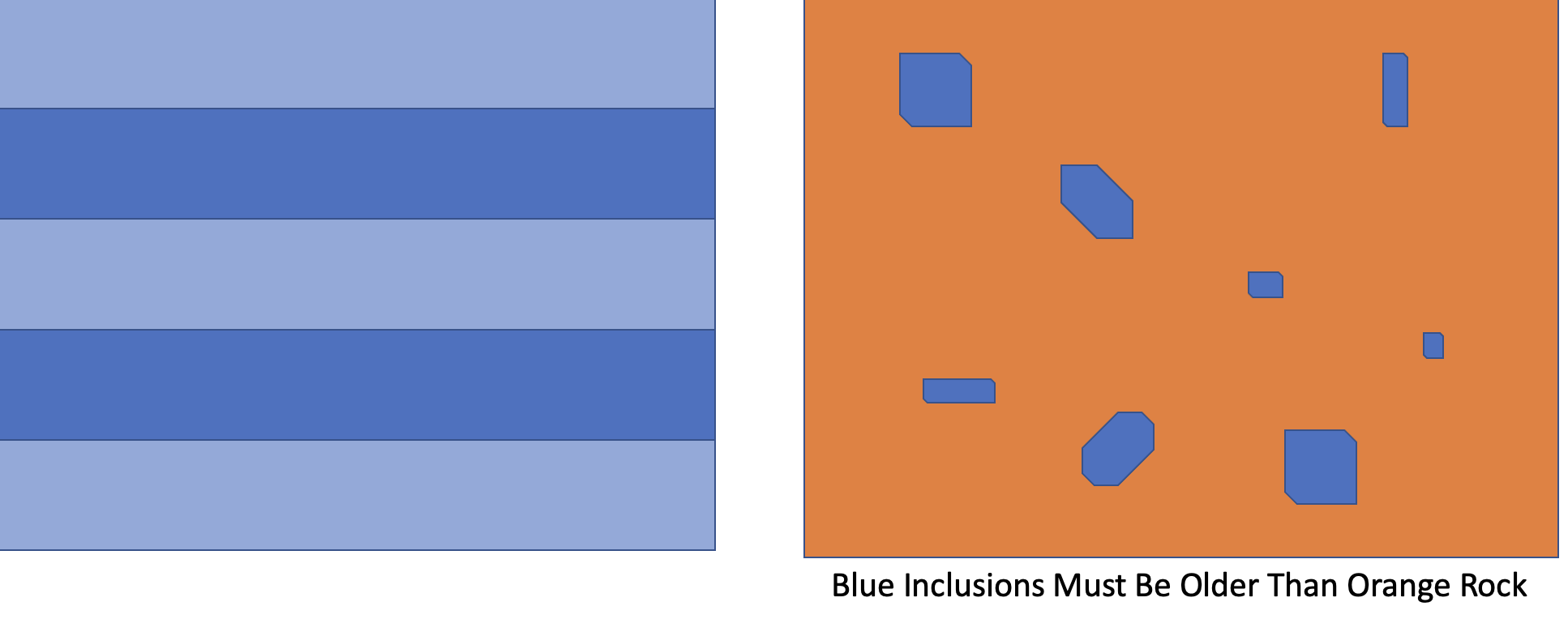
Cross-cutting Relationships
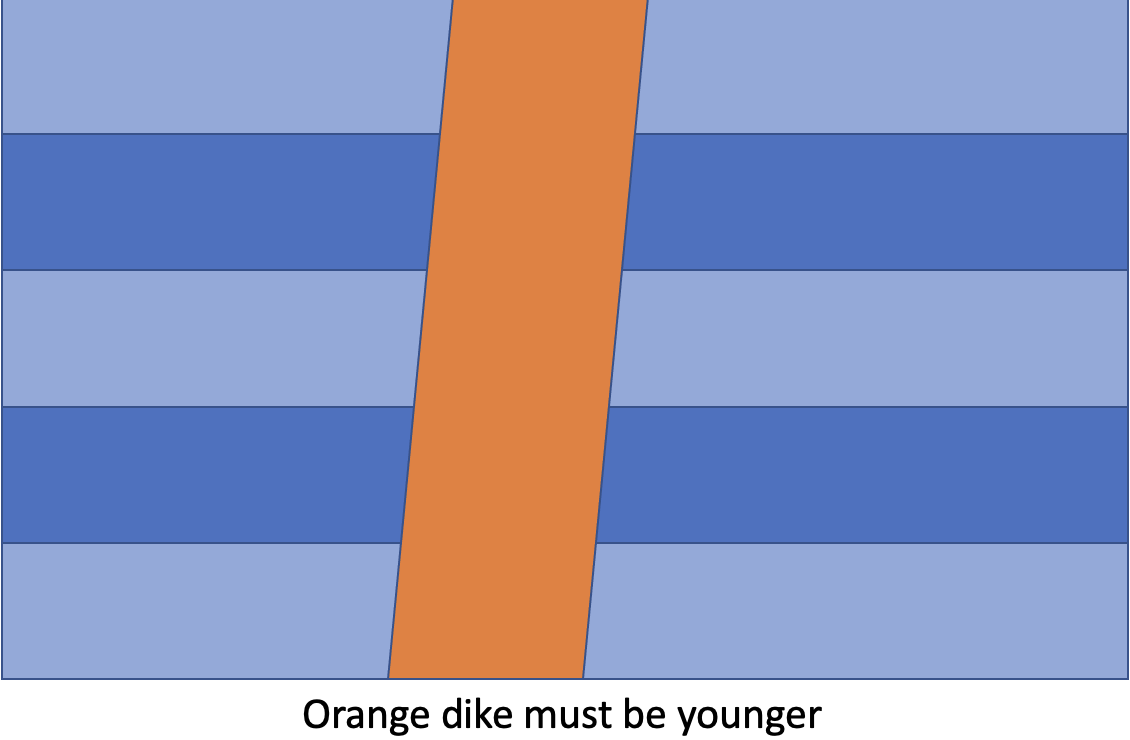
Law of Lateral Continuity

Unconformities
Unconformities are sections of “missing time” in the rock record. To use our book analogy, if the layers of rock are pages, then unconformities are sections in the book where it is obvious that someone ripped out a large section of pages leaving scientists to wonder what happened during that missing part of the story. Sometimes it is obvious where in the rock record an unconformity has occurred because it can represent a huge section of missing time between two rock layers. Other times, it only represents a tiny amount of missing time, and can be easily overlooked.

How does an unconformity form, anyway? Remember weathering and erosion? Erosion is the movement of weathered material by wind and water away from its original source. Sometimes a section of rock erodes so efficiently that there is almost nothing left of it. Eventually, a new rock will get deposited, and that old section is all but lost. Geologists have to look carefully for signs of erosion in between the rock layers to tell if there are unconformities.
There are four types of unconformities. Look at the images of them below and your notes from the assigned reading. Then answer the activity!
Nonconformity
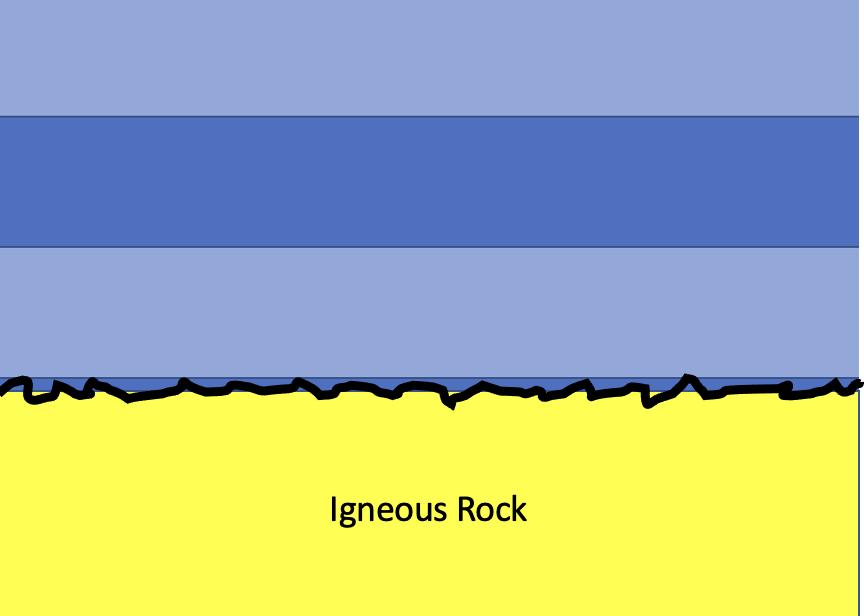
Angular Unconformity

Disconformity
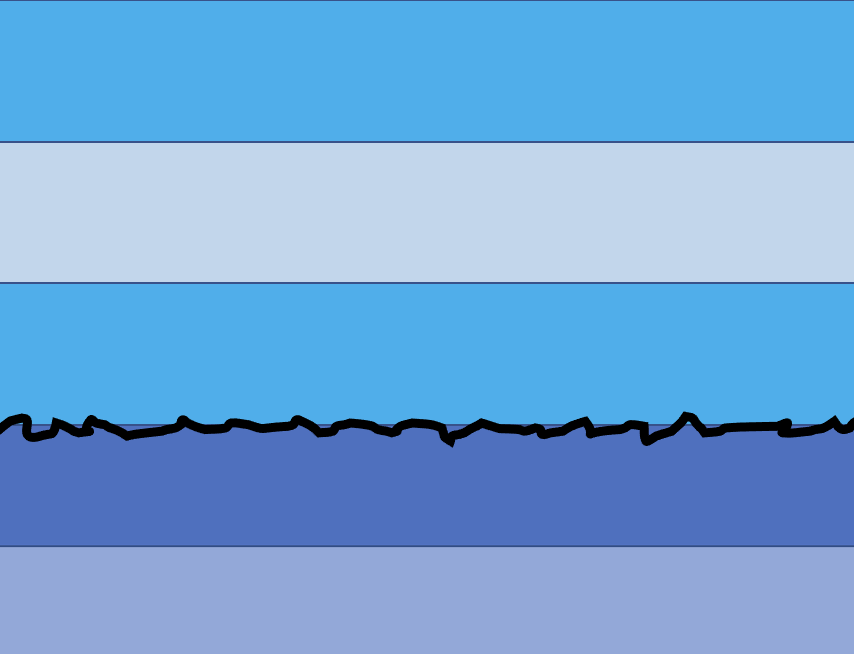
Paraconformity
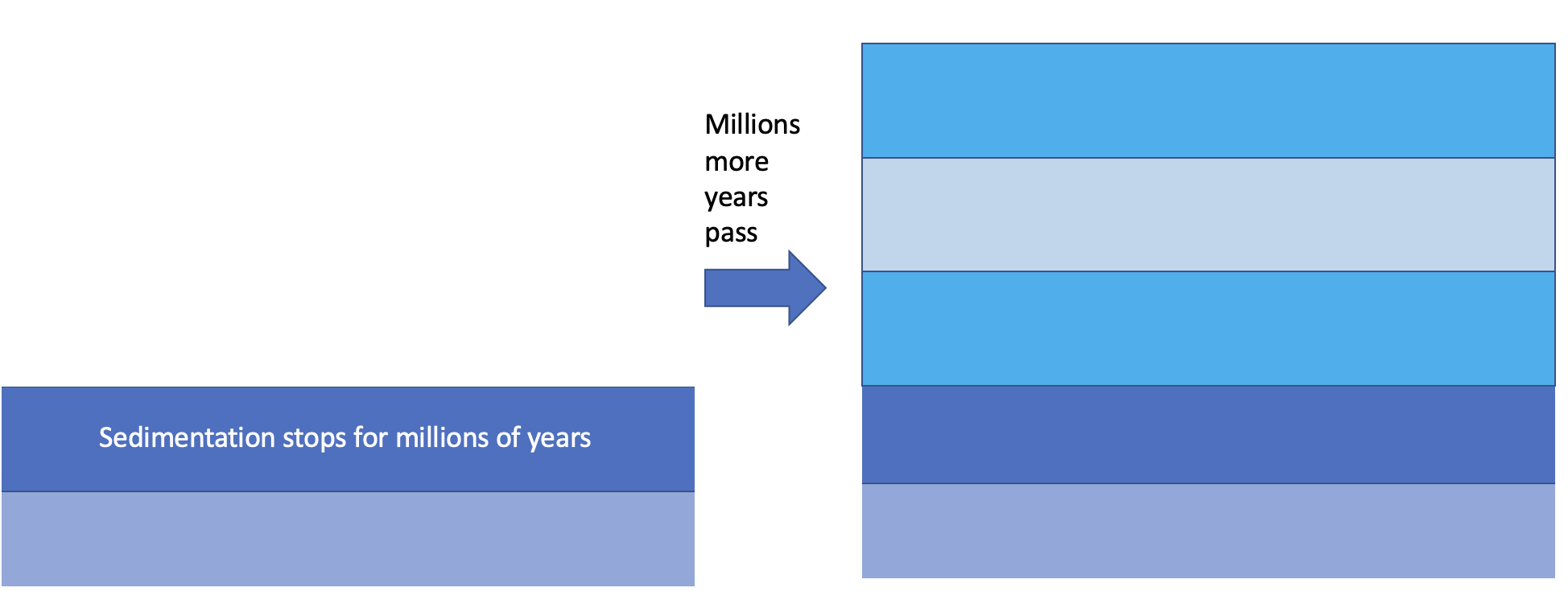
NOTE: Make sure that you scroll through all three question slides and click the “Finish” button to report your score, or else you won’t get points!

